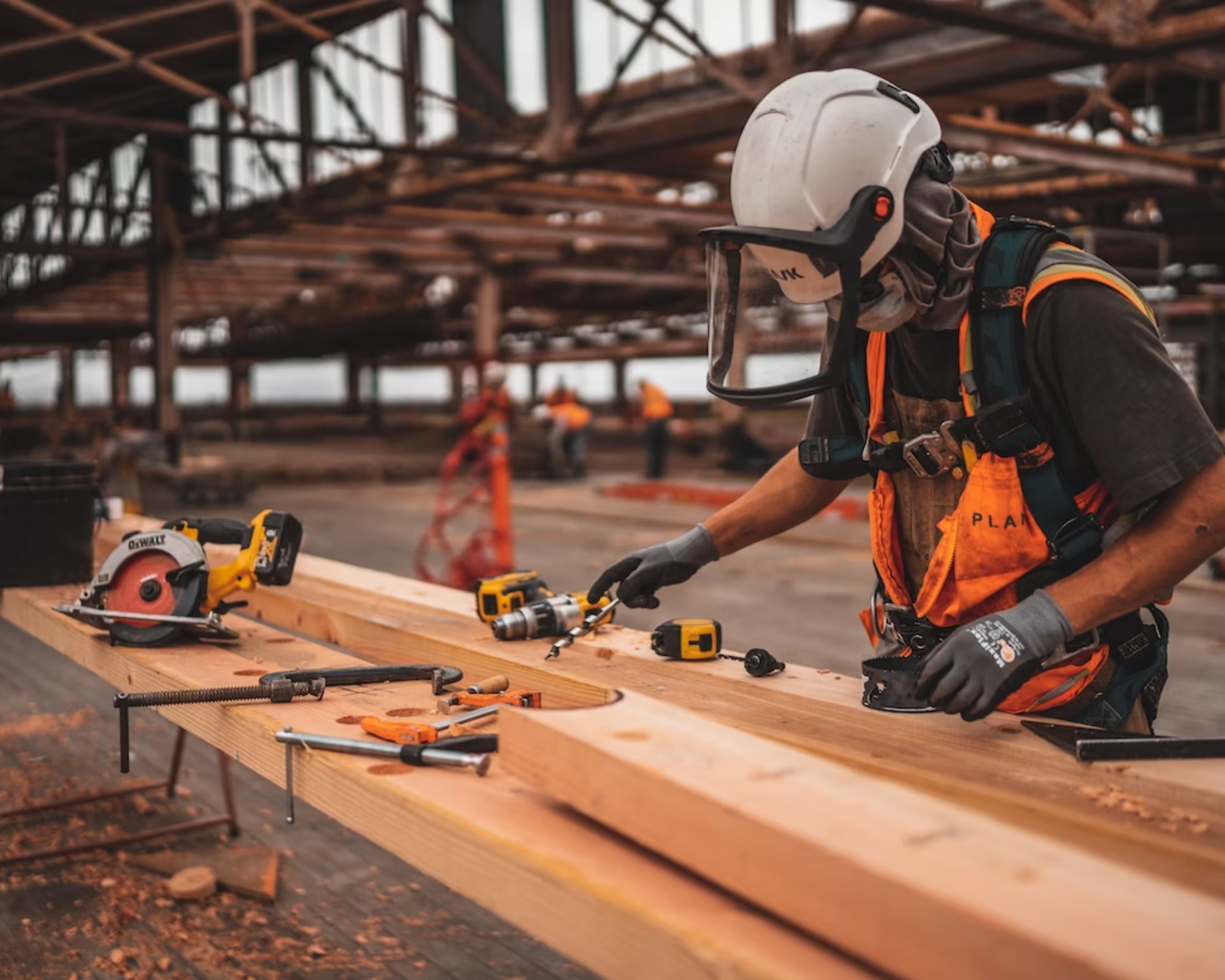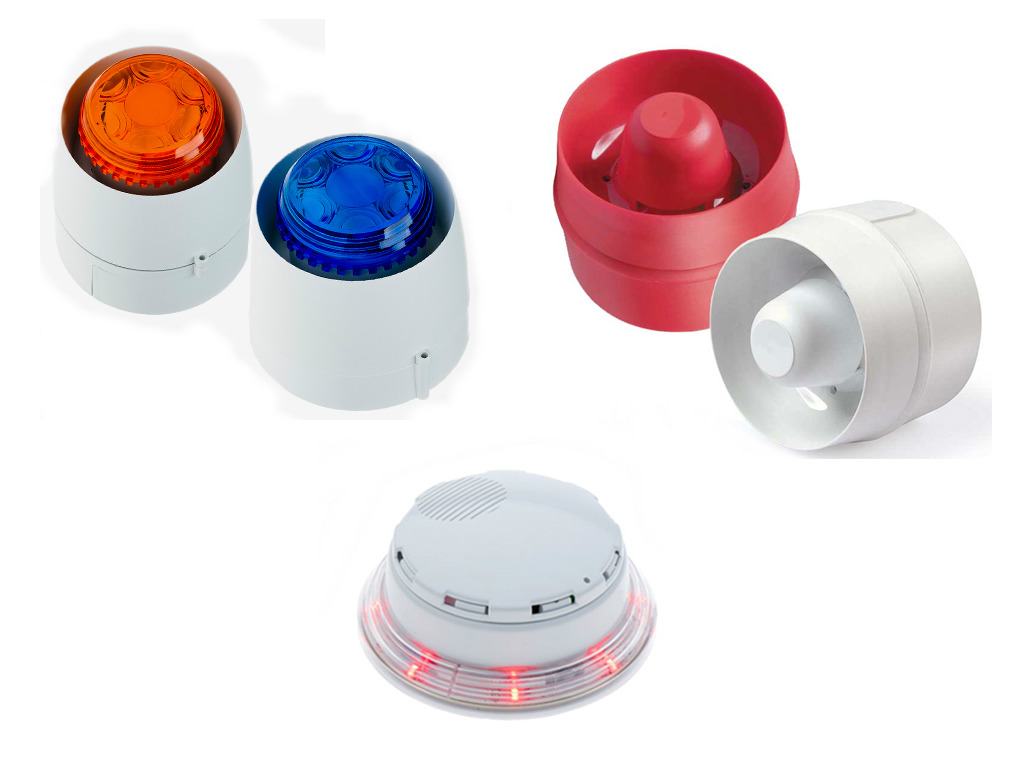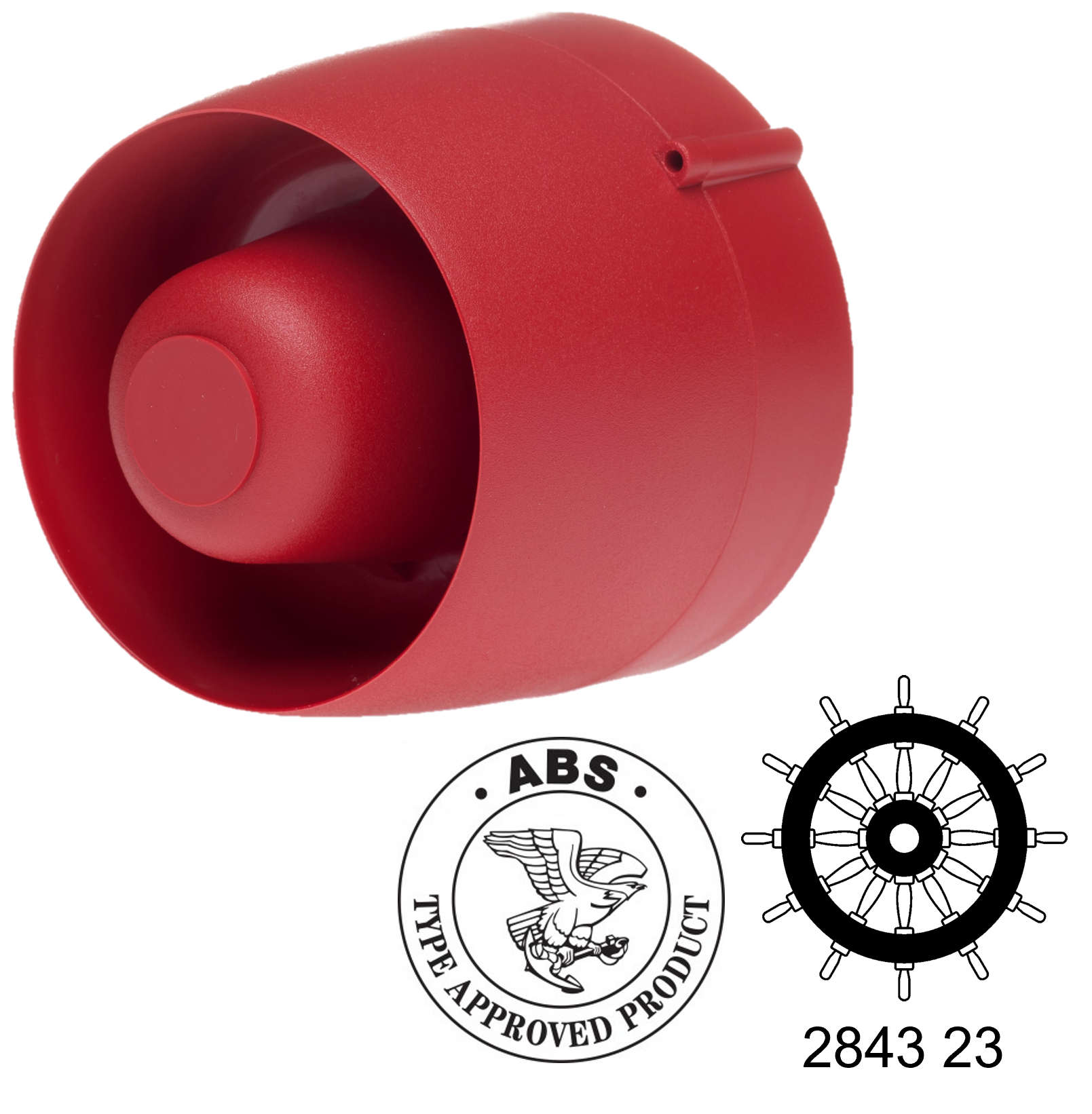Alarm Signals in Factories: Ensuring Safety and Compliance
In a factory environment, ensuring the safety of workers and adhering to regulatory standards is paramount. Alarm signals play a vital role in alerting employees to emergencies and ensuring a prompt response. Understanding the specific alarm signal requirements and complying with UK regulatory standards is essential for maintaining a safe working environment.
Smoke Alarms
One of the fundamental components of fire alarm systems in factories is smoke detectors. These devices are designed to detect the presence of smoke, serving as an early warning sign of a potential fire. Regulatory standards, including the Health and Safety (Safety Signs and Signals) Regulations 1996 in the UK, mandate the installation of smoke detectors in designated areas throughout the factory. This ensures comprehensive coverage and compliance with legal obligations. By promptly detecting smoke, these alarms allow for quick evacuation and early fire response.
Heat Alarms
In certain areas of factories where smoke detectors may not be suitable due to the presence of dust, fumes, or excessive air movement, heat detectors are essential. These detectors sense rapid temperature increases, indicating the presence of a fire. Regulatory standards, such as British Standards BS 5839-1, specify the installation of heat detectors in specific factory zones, ensuring comprehensive fire detection coverage. By adhering to these standards, factory owners can effectively identify fire risks in these challenging environments and implement appropriate measures for fire prevention and response.


Audible and Visual Alarms
In the event of a fire, it is crucial to promptly alert factory occupants to ensure a swift and organized evacuation. Audible and visual alarms play a critical role in achieving this. Regulatory standards emphasize the importance of clear and distinct alarm systems that can be easily heard and seen throughout the facility.
Audible alarms, such as sirens or bells, should have adequate sound levels to overcome the ambient noise in the factory environment. Visual alarms, such as flashing strobe lights, are vital for alerting individuals with hearing impairments or in noisy areas. Compliance with standards, including British Standards BS 5839-1, ensures that factories have effective audible and visual alarm systems that facilitate prompt notification and evacuation during fire emergencies.
By prioritizing the installation of these fire alarm types and adhering to regulatory standards, factory owners can significantly reduce the risk of fire incidents and protect the well-being of their employees and assets. Taking proactive measures in fire safety not only ensures compliance with regulations but also creates a secure working environment that safeguards lives and property in factories.
Highlights To Remember
Ensure compliance with set regulations
fire alarm system should provide adequate coverage of the factory
Audio-visual alarms are best for workers that maybe hard of hearing
Conduct regular testing and maintance of fire system
Regular fire safety training of factory occupants is mandatory
Consult an expert if you have questions
Still have unanswered questions?
Our experience in alarm applications expands beyond what we have available online. We’re here to help if we can.


